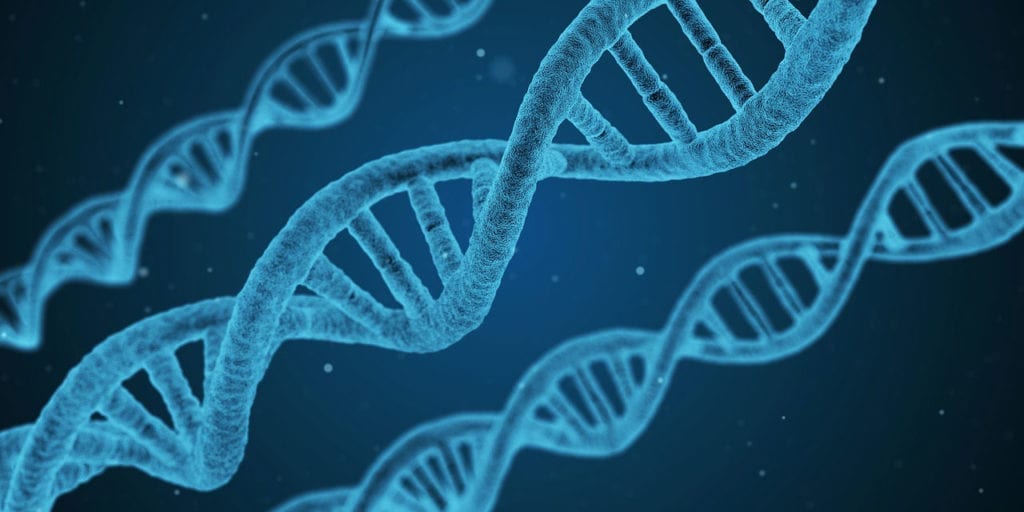Researchers from the University of British Columbia have developed a new genetic model of Parkinson’s disease that is able to model the early changes in synaptic activity associated with the condition. For more detail, you can read the original article on it here, at Science Daily. You can also view the original study in Nature Parkinson’s Disease by clicking here.
About Parkinson’s Disease
Parkinson’s disease is a condition that is linked to progressive damage to certain areas of the brain and low levels of dopamine. According to the NHS, the condition is characterised by three main symptoms, which are tremors, slow movement, and stiff and inflexible muscles. However, people with Parkinson’s disease may experience a diverse range of other symptoms, such as depression, balance problems, memory problems, and insomnia, amongst others.
Existing Models of Parkinson’s Disease
According to the original article, many of the models of Parkinson’s disease that are currently available involve using techniques that mimic classic motor and behavioural symptoms of the condition. Some models involve high levels of the protein alpha-synuclein in the brain; accumulation of this protein has been associated with Parkinson’s. Another method is to use neurotoxins to destroy cells that produce dopamine. However, one potential issue with these models is that they may cause cells to die before researchers can properly investigate subtle changes. The source article says, “this may be a reason clinical trials of promising neuroprotective drugs fail.”
The New Model
The research team investigated other possible models of Parkinson’s disease and found a way to mimic the beginning of the condition when it is pre-symptomatic, rather than its end. This genetic model, called VPS35 D620N knock-in, can cause precise biological changes that can be measured by researchers and may be useful for developing neuroprotective drugs.
For more information about this new model, you can view the source article here.








